The history of video games is based on pivotal points regardless of time. Among the most important we certainly find Pac-Man. Ebbenne, the yellow ball is back in a big way with a respectable collection. Let’s find out together Pac-Man Museum + in our review
Pac-Man Museum + follows on from Pac-Man Museum (2014), a collection for Xbox 360 e PlayStation 3 some games dedicated to our yellow hero. This updated compilation includes some of the titles featured in the previous version and adds several more, bringing the total number to 14 (although Pac-Man Arrangement is featured twice with the arcade and home versions). This is the most comprehensive collection ever, from the original arcade masterpiece up to 2015’s Pac-Man 256.
It’s a Pac-Man world
Presented inside a 3D arcade, it is possible to move the camera, make Pac trot around, look at the various machines and decide what to play. Each game has its own game menu, special achievements, and a bit of history. It starts with 500 virtual coins in your pocket, but there are no microtransactions. You accumulate more coins simply by playing the machines and completing optional missions (presented as a leaderboard of achievements) which add unique objectives for each title. Coins are also spent on customize the game room, with particular attention to this aspect: you can buy everything from wallpaper to music for the jukebox, up to new cars, plants, gashapon figures and various other furniture items related to Pac. After playing in the arcade for a long time, it is possible to be “invaded” by the iconic ghosts with intentions that are anything but hostile.
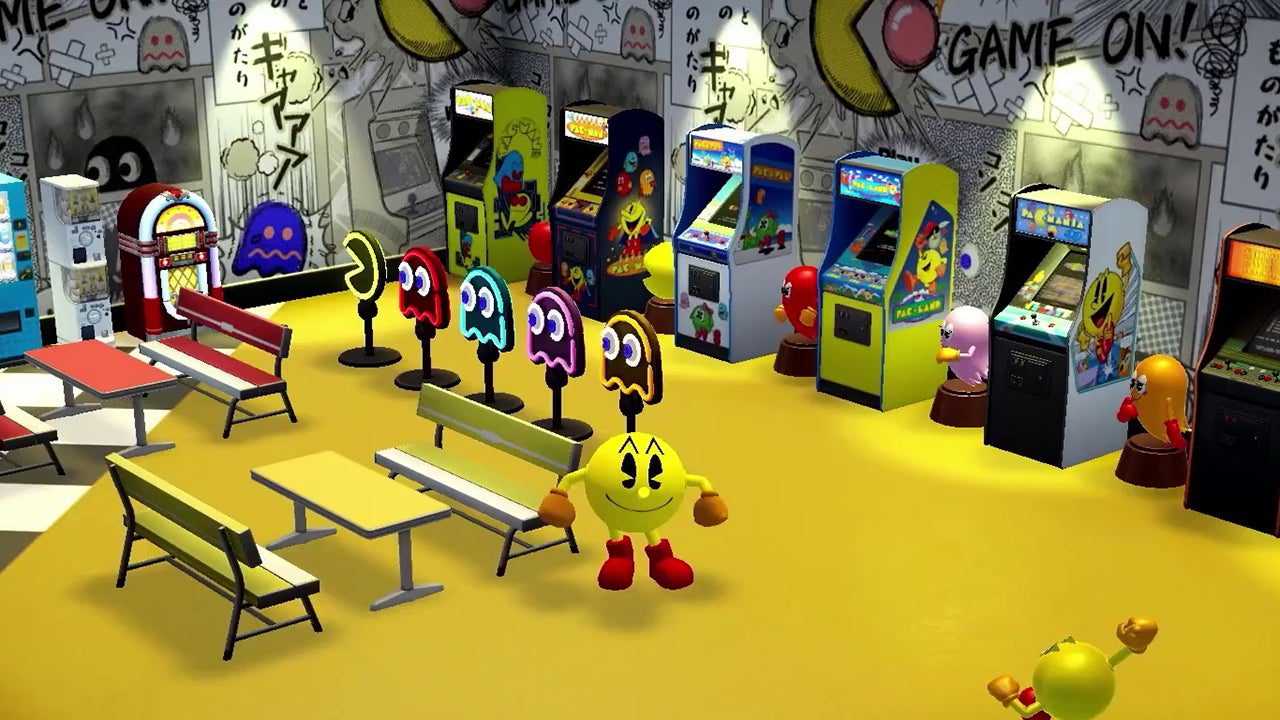
Look n feel – Pac-Man Museum + review, who doesn’t die sees himself!
As a presentation interface, Pac-Man Museum + is pretty neat despite the frame rate being extremely low. Considering that this is a single 3D room and that graphically it is quite basic, it seems that the curse of Unity has struck again. If you like Pac-Man, however, you will feel it anyway satisfied with the offer. There is a wide variety of arcade games and a “consumer” machine for console titles that don’t require coins, whose mini-library can be used with the backbones. Some titles, however, must be unlocked to be able to play by completing dedicated objectives.
The feeling with the game consists of everything we expected from such a collection. The game’s original controls have been perfectly adapted to the new consoles without infamy or praise. Playing is pleasant, the controls are not problematic and the implementation of additional keys (shoulder keys, for example) is not superfluous at all. Too bad for a dancer frame-rate which sometimes makes your nose turn up, and a V-Sync not always well managed, especially in some titles in particular. However, we’ll talk about this later.
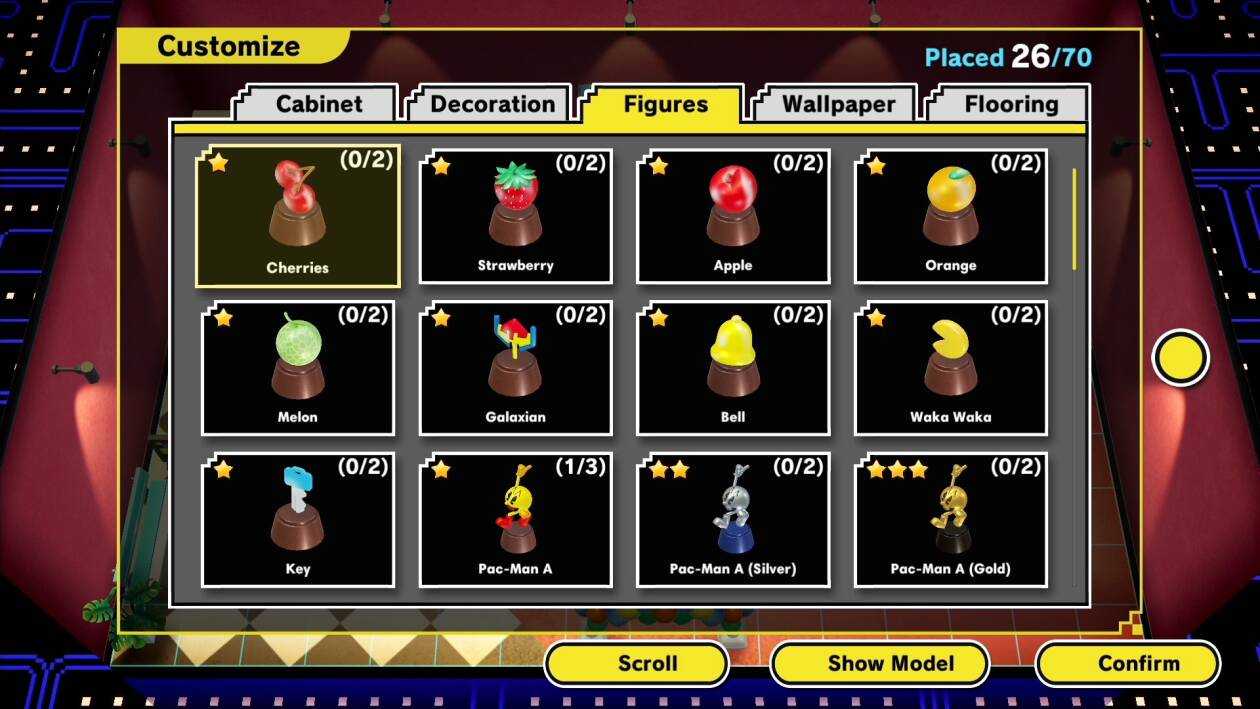
The catalog – Pac-Man Museum + review, those who don’t die see themselves again!
Starting from Pac-Man (arcade, 1980) there is little to say that has not already been said. A timeless classic, in which you frantically collect points, cherries and repel ghosts with energy balls scattered on the grid. Scoring is the name of the game, and it’s as fun as ever (historically). Super Pac-Man (arcade, 1982) adapts the formula whereby the user grabs the keys to open the closed gates so that you can reap all the rewards. It’s a nice variation that fans of the original will appreciate when they want to vary things up a bit.
Pac & Pal (arcade, 1983) further disrupts the Super Pac-Man formula, introducing powers to stun, freeze and confuse ghosts. Turning the cards opens many doors and a new helper, the green Miru. Pac Land (arcade, 1984) is one of the first true arcade platform games, which appeared a year before Super Mario Bros. The music theme is burned into the brain and graphically holds up very well thanks to its unique art style. You run Pac back and forth, jumping over obstacles and ghosts through the forests trying to complete the course in a time limit.
Pac-Mania (arcade, 1987) it slows things down and becomes graphically isometric, using the same formula as the maze and the dot-eater, with the advantage of being able to eliminate ghosts in one shot. Pac-Attack (Super Nintendo 1992) is actually an adaptation of the Tetris-inspired arcade game, Cosmo Gang: The Puzzle. Falling objects, now Pac-themed, can be stacked to prevent ghosts from reaching the top of the screen. Literally Tetris. Pac-In-Time (Super Nintendo, 1995) is a platform action game in which Pac takes on the scenario by jumping, grabbing points and firing bullets at enemies. Nothing special, to be honest.
Pac-Man Arrangement instead it comes in two versions: the 1996 arcade title and an arrangement of the Arrangement that first appeared on the PSP as part of the Namco Museum Battle Collection (2005). This chapter features a two-player cooperative mode and a very interesting final boss. We would continue indefinitely with all versions of the games, but there are so many and you just need to know that they are all fun and (more or less) stable.
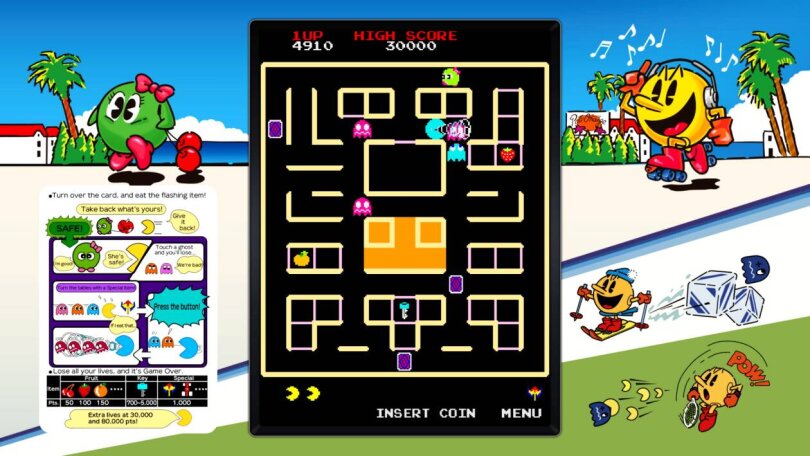
Emulation – Pac-Man Museum + review, who doesn’t die sees himself!
While most of the emulation looks very accurate, with no major gameplay issues, the shaders CRT for older arcade titles like Pac-Land they are completely useless, with very limited settings. Worse still, Pac-Land specifically has an obvious V-Sync scroll problem. This is most noticeable when the high score screen scrolls to the left and there is a constant shimmer throughout the game. Since most games are static, the problem doesn’t arise elsewhere, but it’s still a bit annoying. The background of the arcade is well done and interestingly all references to Ms. Pac-Man were omitted from the artwork in which it appeared, due to legal issues surrounding the licensee of the character. Apparently, Pac-Man was not spared from gender issues either.
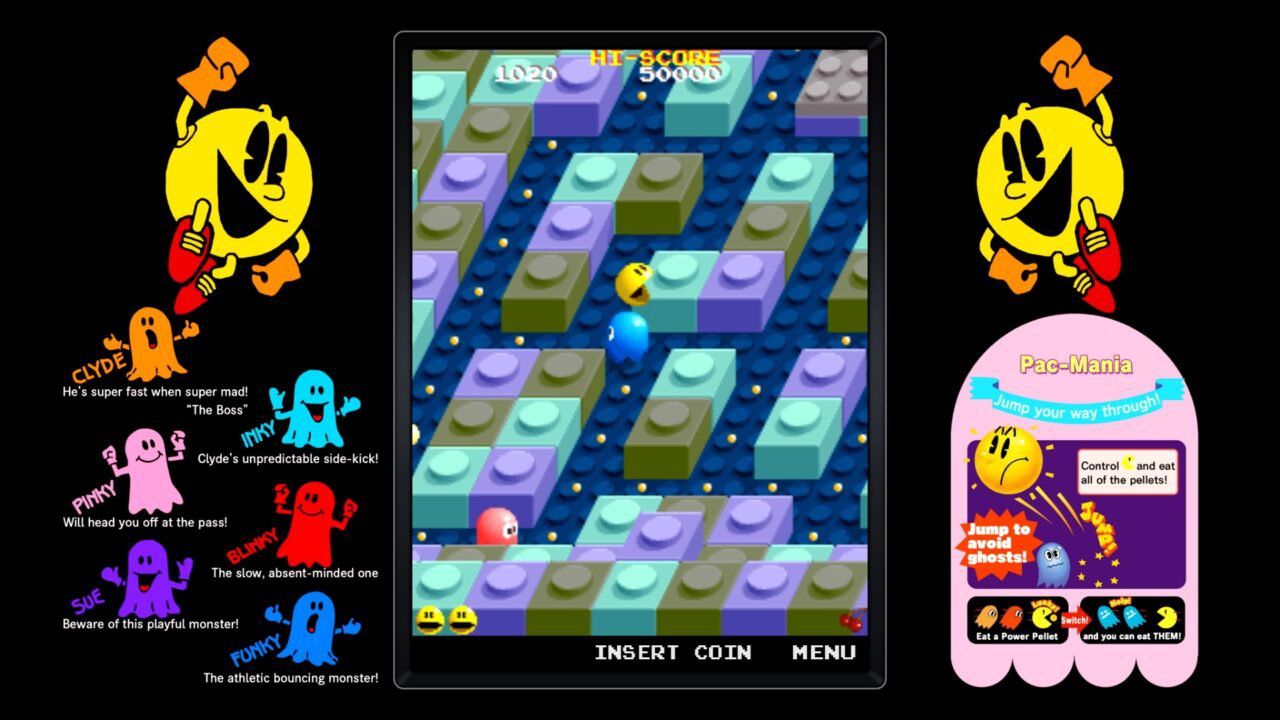
The verdict
In conclusion to this review of Pac-Man Museum +, we find ourselves taking stock (as usual). For fans of Pac-Man and its historical pedigree, this is it the best collection so far, which spans decades and features its most important titles. The overworld arcade is a nice touch, even if the frame rate is a bit of a letdown and necessity asap of a fix. Plus, even if you can spend some time tinkering and designing your own arcade space, the gimmick’s appeal is ultimately short-lived. Presentation shortcomings aside, though, you can’t really fault the completeness of the collection, nor the quality of the titles themselves (well, except Pac in Time). It is a Pac-festival that offers countless hours of fun and an interesting historical insight into the evolution of the yellow sphere.
We hope to have entertained you with our review of Pac-Man Museum + and as always we invite you to stay connected on TechGameWorld.com for more news, updates and much more from the world of video games. Also don’t forget to check out Instant Gaming for a catalog of discounted games. Hello and happy gaming!
Points in favor
- An extremely refined collection
- Lots of inserts for fans
- Lots of missions and online leaderboards
- Excellent emulation and implementation of commands
Points against
- Pac-Land suffers from huge problems
- Frame-rate dancer
- The CTR filter could be better














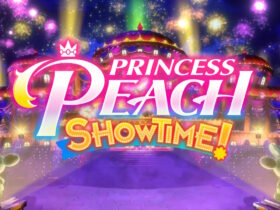
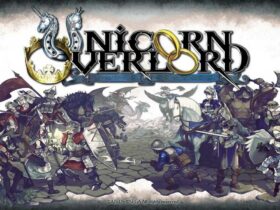
Leave a Reply
View Comments